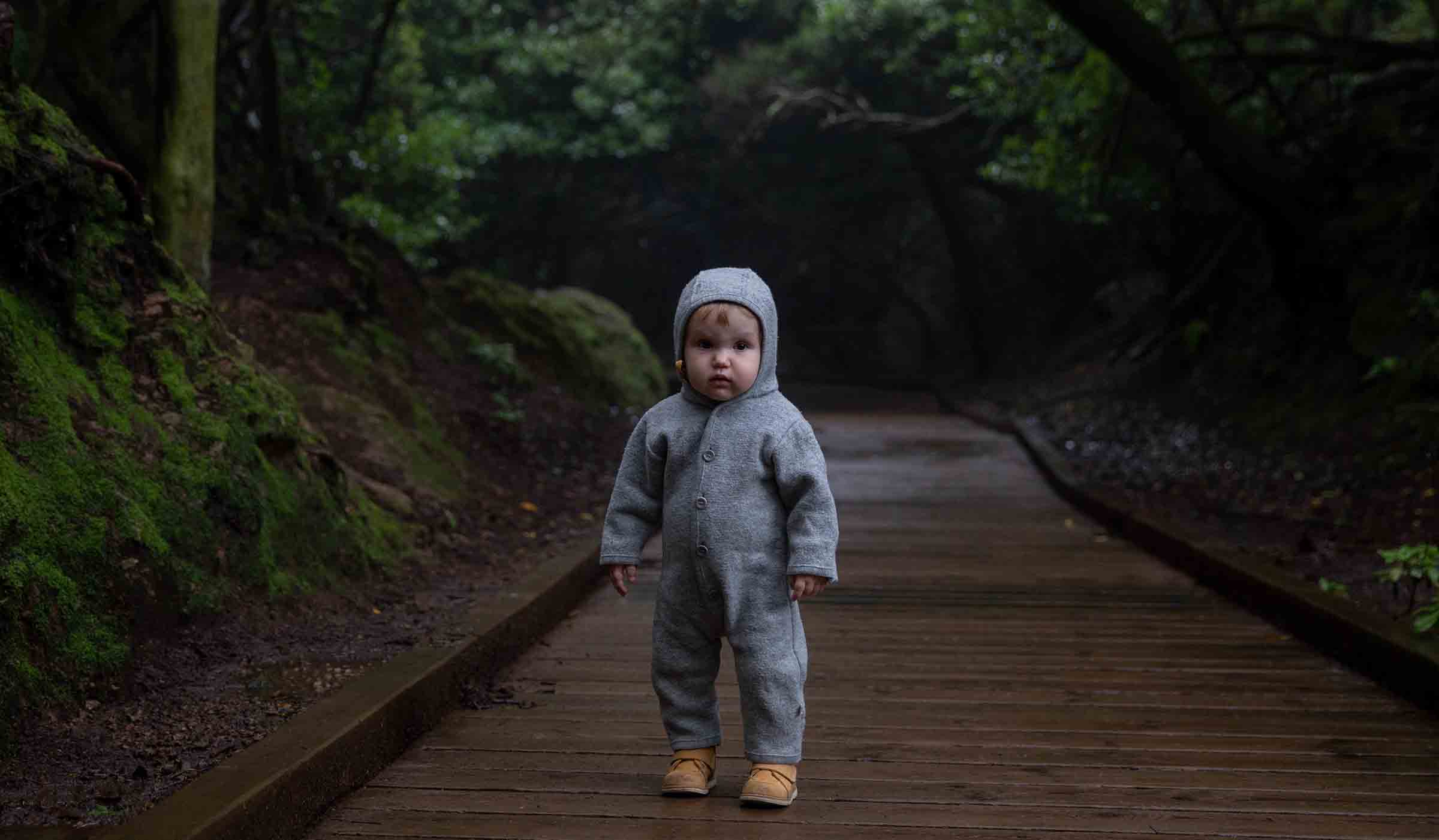How to train your baby to walk at the right age can be tricky. Sometimes it’s downright stressful parents because watching your baby taking their first step is what every parent endlessly dreams of. You can’t hold your horses for those tiny little feet, making stomping sound around the house.
The average baby learns to walk usually by 5th to 7th month of birth. Initially, babies start crawling and then walking with support when they are eight months old. Moreover, they depend on their parents to support them in walking. Likewise, as a parent, you must know how to train your baby to walk so you can ensure they learn it properly.
When to Expect Walking
Babies ordinarily take from 8 to 18 months for thoroughly establishing the concept of walking. Therefore, it should not be considered as a problem if your baby is taking his/her time in developing. All you need is to wait, watch them grow, and let them crawl and make your house a mess.
Sooner or later, they will develop the concept of moving from one place to another with legs. So, let them take their time.
When to Teach Your Baby to Walk
It is not a big deal that your baby will stand and start to walk on their own in a day or two. Consistently throughout their phase of crawling to standing with taking little steps, they will take your support.
Eventually, they will start to stand a little and learn to balance themselves.
Training Your Baby to Walk – With the Home-Grown Exercises
You can encourage them to start walking using these exercises at home:
- Walk-behind your baby
- Encourage with favorite Toys
- Let baby roam around with furniture support
- Let them sit over kids chair
- Limited use of Walkers -Temporary Support
Beforehand you should create a room fitted with soft carpets and no toys around. Let this room be your baby’s play area: place cushions and fluffy toys in that room. Then, once you find the right time, initiate with these exercises.
Walk-Behind
The most common physical exercise for babies to adapt to walking is to have your support with it.
It requires you to hold your baby through upper arms and slightly lift, so they try to keep their feet over the floor.
Subsequently, try to move their right hand forward and slightly pull so they try to maintain the position. Furthermore, moving one arm forward will ultimately make them move in that direction as well.
You can make this a daily practice for about 4-5 minutes.
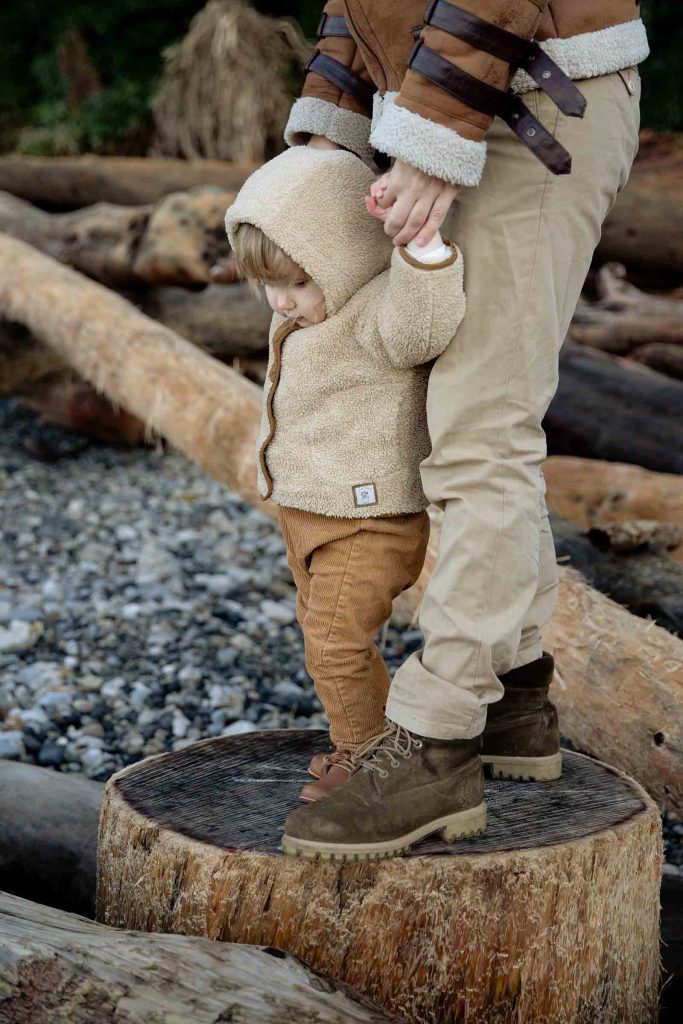
Encourage with Favorite Toys
If you try to take away the favorite thing from people or babies, they will try to get it back from you as it is human nature. Select the toy your baby loves the most. Then, put it at a distance with a little height, so they try to stand and reach out for it. They will sometimes cry, but it depends on you to encourage them to stand.
Additionally, help them stand by lifting one of their arms gently. Once they try retaining the position, they will ultimately balance themselves a little.
While supporting their arm, take the toy and move forward to their face. As a result, the baby will try to reach for it and take a step or two. Keep pushing the toy in front of their face at a distance, so the baby keeps trying to move forward. Hence, eventually learning to walk.
Roaming Around
Babies always look around for support to hold on to. This way, they can practice walking better.
Let the baby stand alongside the bed, chair, or sofa, hold one of their hand while the other should grip the furniture.
Start moving back and forth slowly to let your baby wander. Under supervision, once every 2 minutes, leave your baby without your support. Let them learn to move around using both of their hands.
Consequently, this practice will let your baby eventually become independent after leaning on furniture and walls.
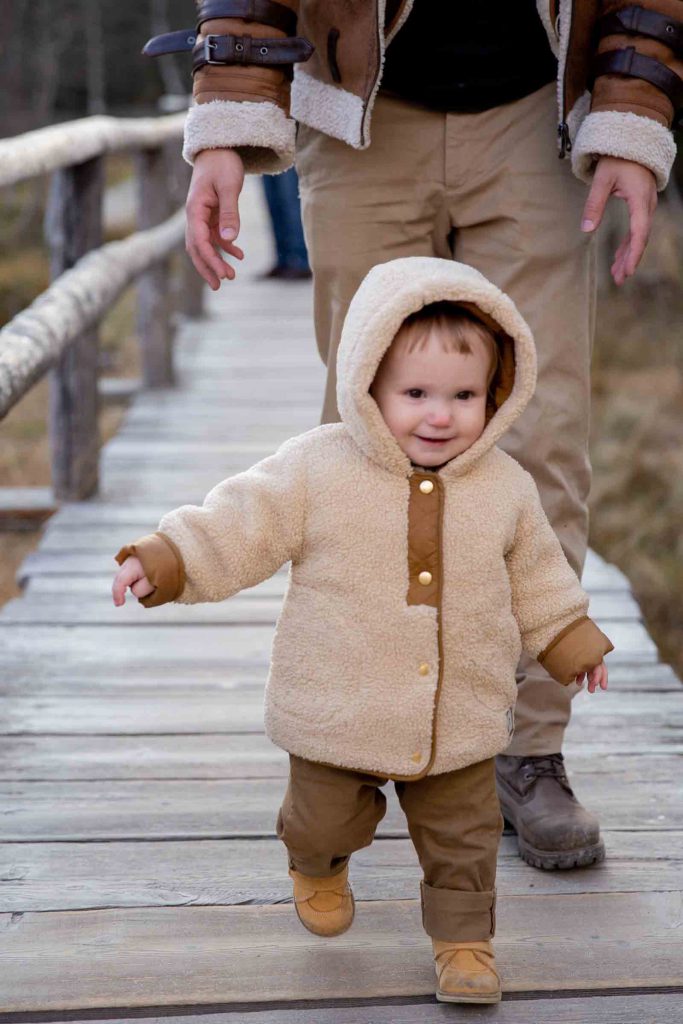
Kids Chairs
The best way to let your baby stretch out those leg muscles is by letting them sit over kids’ chairs or stool. With constant surveillance, make your baby sits over a chair slightly higher than their reach.
Ultimately, once they feel the height, they will try to reach the ground by pulling their legs towards the floor.
Afterwards, try to let them reach out for their favorite food or stuffed toys. For that, place the toy at a distinct distance. Being seated on chairs, ask your baby to pick the toy up. Your baby will try to reach the ground first and then stand.
In due course, hold their hand as they will try to step forward. This way, your baby will be able to shift their body weight directly on their leg by standing up and lifting their weight from the chair.
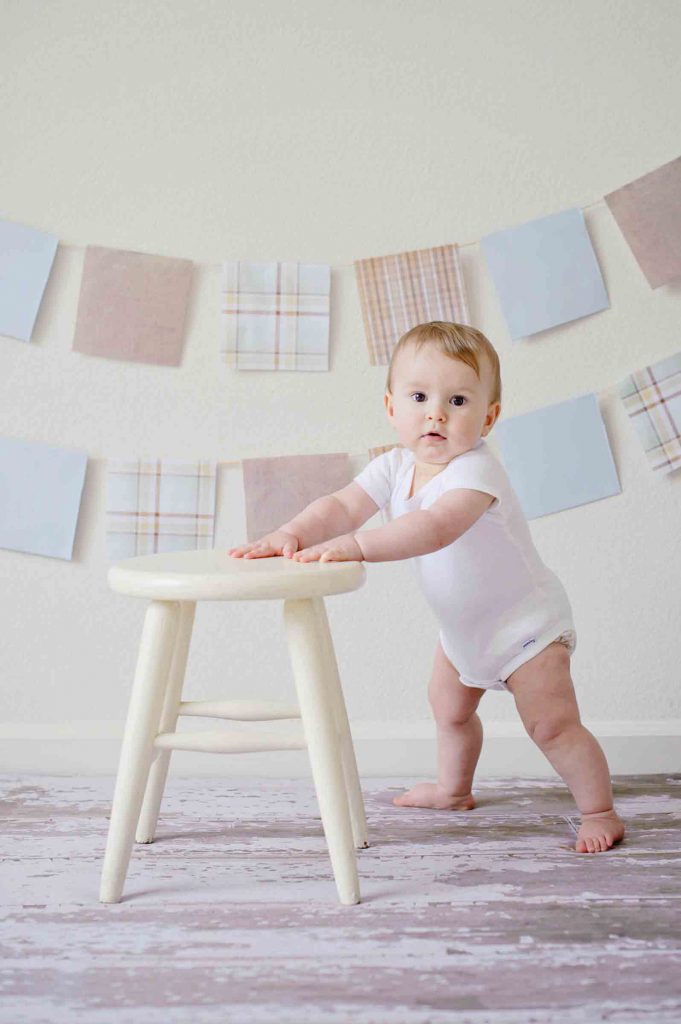
Using Strollers
The only artificial support your baby needs is using strollers. The stroller possesses arm resting place and suspension seat, which lets your baby practice standing position. It consists of the routable wheels beneath, so the walker moves with your baby’s push.
Moreover, it is adjustable according to your baby’s height and includes toys at the front, which keeps your baby engaged.
However, we recommend limited use of the stroller. You should try to make your baby stand on their own. Moreover, it builds their confidence.
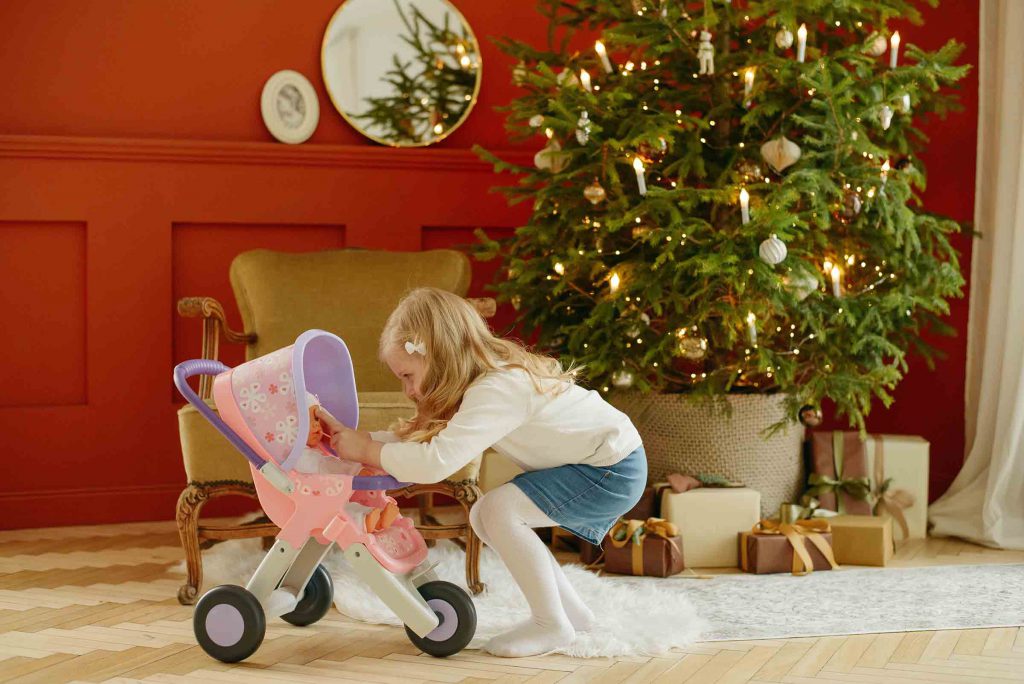
Conclusion
Human nature requires step by step learning of every habit. Be it walking, talking, or eating; the only thing that encourages them to do so is your teachings. Likewise, babies start to develop a sense of standing up and moving with support at the age of 7 – 8 months. With the exercises and ways mentioned above, you can encourage your baby to stand on their feet and then eventually walk around little by little.
